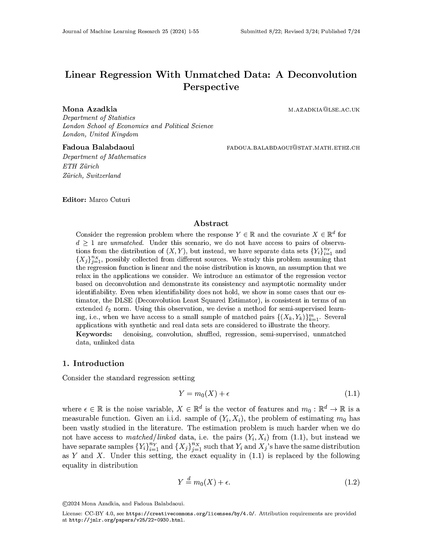Three-day old waxing crescent moon - high resolution stack of 180 images.
(This is a continuation of my learning that started yesterday: https://universeodon.com/@KrajciTom/113758881213411285 )
I am quite surprised at how much detail I could extract from the image stack, given that I was imaging through 2-1/2 air masses with a mediocre quality telephoto lens.
Screenshots 2, 3, and 4 show how the user of the deconvolution software needs to carefully choose the size of the Gaussian deconvolution kernel (expressed as a radius in pixels).
This image stack has such a high signal to noise ratio that if I boost contrast and brightness, earthshine is clearly visible with decent detail showing maria, highlands, craters, and ejecta rays.
"Lucky imaging" techniques and software are practically magic for high-resolution imaging.
#NewMexico #Moon #Infrared #Monochrome #Telephoto #Astronomy #Astrophotography #Photography #BnW #Deconvolution #Math #ImageProcessing
